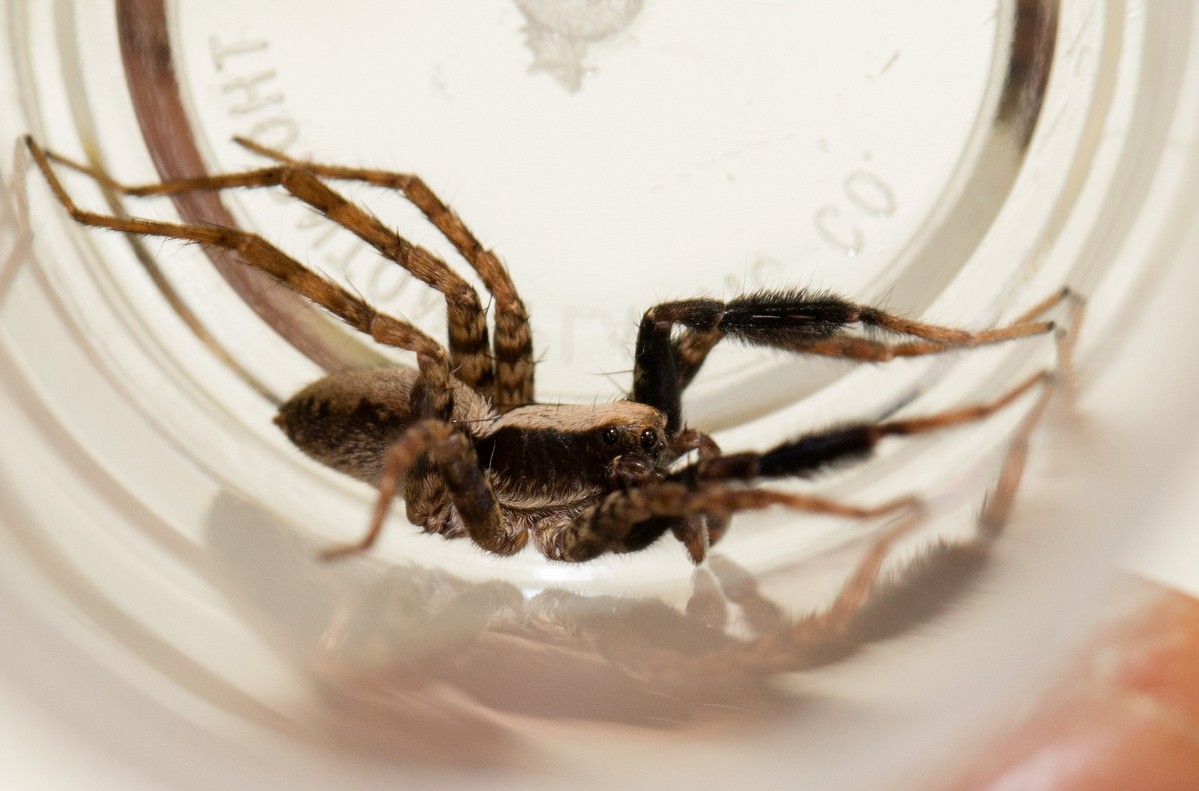
The surprising strategies animals use to survive winter
UC biologist talks to National Geographic about how spiders and insects withstand the cold
National Geographic turned to a University of Cincinnati biologist to learn how insects and spiders survive winter's cold, snow and ice.
UC College of Arts and Sciences Professor Emeritus George Uetz told National Geographic that wolf spiders burrow into the soil or take shelter under heavy layers of leaf litter or even deep inside logs to get out of the bracing cold.
“The difference in temperature between a frozen surface of snow or ice and just a few inches below cover is often surprising,” said Uetz, a behavioral ecologist who spent his career learning about the fascinating behavior of spiders.
“Many spiders and insects are active in this ‘subnivean’ environment, which is sometimes a few degrees above freezing.”
Spiders produce no body heat of their own. Their metabolism slows when the temperatures drop.
“Even so, it’s not uncommon to see spiders and insects active on warm (winter) days,” Uetz said.
Uetz was recognized by the Animal Behavior Society for his lab's many insights into animal behavior. In his lab, Uetz pioneered the use of technology to unlock the secrets of spider behavior. For example, he discovered that spiders react to projected two-dimensional images of other spiders, which allowed him and his students to fashion many new experiments to learn more about their intricate courtship rituals.
Read the National Geographic story.
Featured image at top: A wolf spider in a UC biology lab. Photo/Joseph Fuqua II/UC

National Geographic talked to Professor Emeritus about how spiders survive the long winter. Photo/Lisa Ventre/UC
Related Stories
This eyeless cavefish grows extra taste buds
August 21, 2024
Research led by Joshua Gross, PhD, in the UC Department of Biological Sciences, revealed the blind cavefish has a similar number of taste buds as surface fish from birth up to the age of 5 months. Then, these taste buds gradually increase in number and start appearing on the head and chin during adulthood, particularly at around 18 months of age.
The surprising strategies animals use to survive winter
November 27, 2024
National Geographic turns to UC biologist George Uetz to learn how spiders and insects survive the long winter.
Is your garden in need of drought relief?
September 26, 2024
UC Professor Theresa Culley takes listener questions about gardening and the drought on WVXU's Cincinnati Edition.
